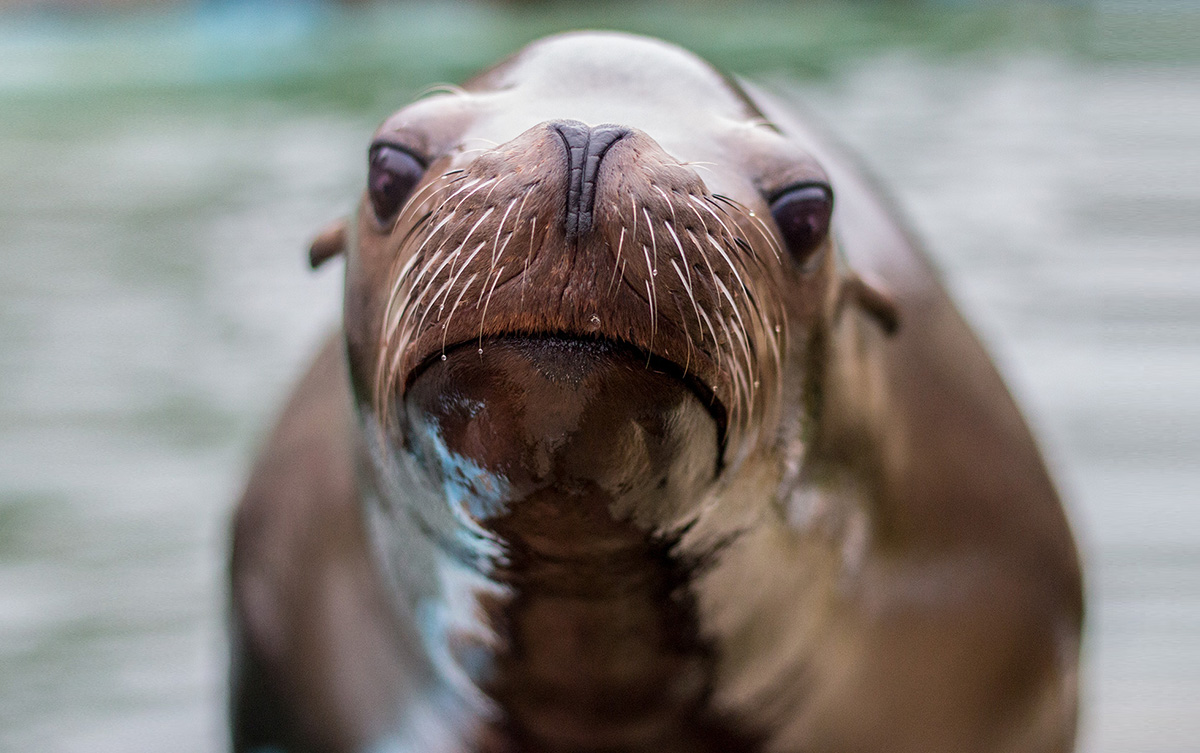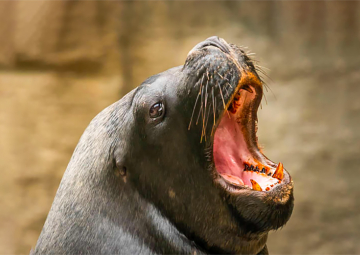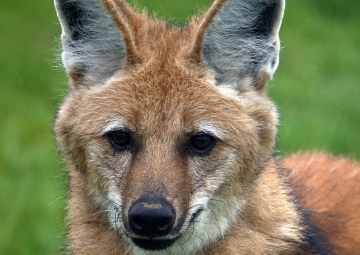THEORY
Silent training

When we talk about silent training, we find a concept unknown to many animal trainers; but nothing could be further from reality, since most of the time we use it in a more or less conscious way.
Usually, when we train, we reinforce what is easily appreciated; if the animal is placed in the desired position, if it responds correctly to the target, if it performs any other approximation, etc.
But what about what is not appreciated at first sight? Sometimes we can neglect aspects of behavior that are not as easy to distinguish as is the emotional state of the animal.
The silent training comes into action at the moment when we are aware that animals, like us, also have emotions, such as: suffering, fear, anxiety, frustration…
When we started, for example, a training session for voluntary blood extraction, regardless of the species we’re working with, we need to be aware that we not only reinforce the behavior that the animal is performing at the time of the bridge, but also its intention, its emotional state.
To begin, we must know the animal, as not everyone reacts equally to the same stimuli.
Then, considering the above, it is essential to prepare a favorable scenario (what is known as "set up for success"): place, company, reinforcement, environment noise, your history, the trainer, etc.
Let’s imagine that we are in a session with a sea lion, if it is performing the behavior (apparently normal), we must make sure of other points that we have been able to overlook. These can be as follows:
-
Breathing: if it is too fast, it can be a sign of anxiety or overexcitement. However, on the contrary, if we encounter an animal holding its breath, it could be showing nerves or tension.
-
Attitude: if he advances his whiskers, if he yawns, if he moves his head, if he grunts or sneezes, if he is about to break control, etc.
These could be clear precursors of unwanted behavior and we may be so focused on what happens on their hind flippers (where they are usually drawn from), that we don’t realize what is happening on top.
We must know that this can not only generate poor or confusing behavior, but can also give rise to what is known as superstitious behavior (those that arise out of confusion having been involuntarily reinforced).
They usually occur for different reasons:
- Little attention: trainers often concentrate on a specific part of the animal’s body and do not see or give importance to what is happening elsewhere in the animal’s body.
- Timing incorrect: if our animals know the bridge and this occurs before or after the exact moment, we can accidentally capture an unwanted behavior.
- Sloppy signal: if we begin to signal a behavior in a careless or different way in some way, after a period of time, the animal may no longer respond to the original signal, but will respond to the "new signal" that we have been making.
The appearance of superstitious behaviors is also frequent when we use techniques such as scanning (or capturing behavior) because if we bridge just when the animal shows us a behavior that we want to capture, it’s easier to overlook other aspects of behavior.
We do not want to say that we cannot take advantage of it and train interesting behaviors through this technique, however, it is more common to use others such as molding by successive approximations (we will be more able to observe and anticipate the animal’s response).
Skinner had already proposed that people’s superstitious behaviors were produced in the same way as his studies of pigeons.
There are many cases of professional athletes who relate the success of a game or competition to a superstitious gesture.
In the case of football, some players enter the field with the right foot, touch the grass, become sanctified, etc. These gestures are probably linked to a positive experience, such as a victory or a big game. Therefore, their superstition continues because they are convinced that doing what they do when they enter the camp gives them good luck.
It is up to each trainer to evaluate whether or not to correct these kinds of situations, because in some cases it will not affect the ultimate goal of the behavior, but in others, it can generate problems.
If we are training a voluntary blood draw with a sea lion and, while the animal is in position, it is appreciated that it moves its head or flippers, in the future, this movement may create problems and difficulty for proper blood extraction.
Taking into account all these aspects of silent training we can avoid conditioning superstitious behaviors and foresee situations that previously went unnoticed and often end up causing an animal to go out of control, break position, refuse signal, etc.
In this way, during our sessions we will be more aware of what surrounds us, improve the relationship and trust with our animal and learn to read the impact that your emotions can have on our training sessions.
And remember, if it’s possible… WeZooit!


















